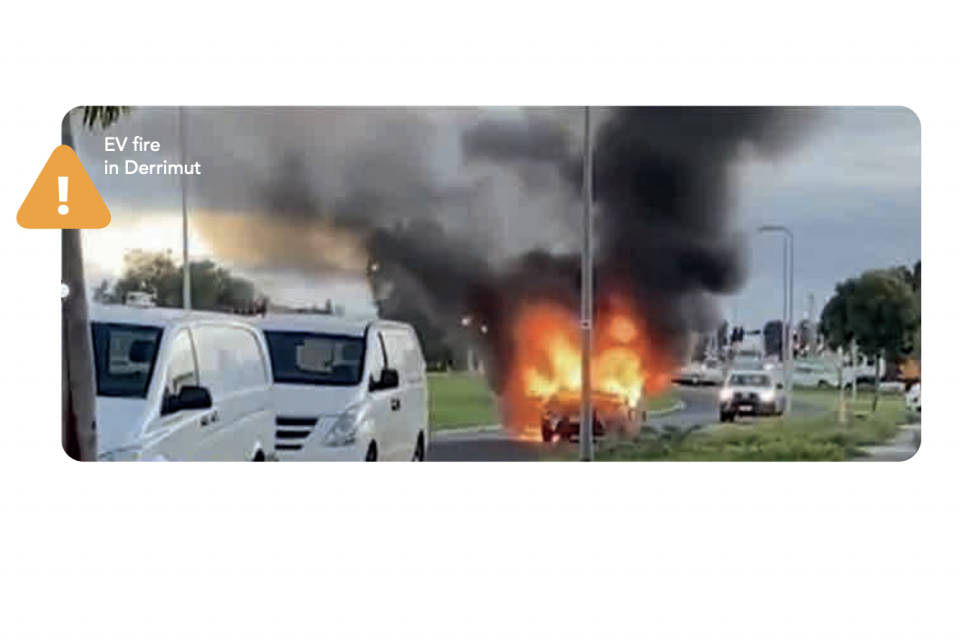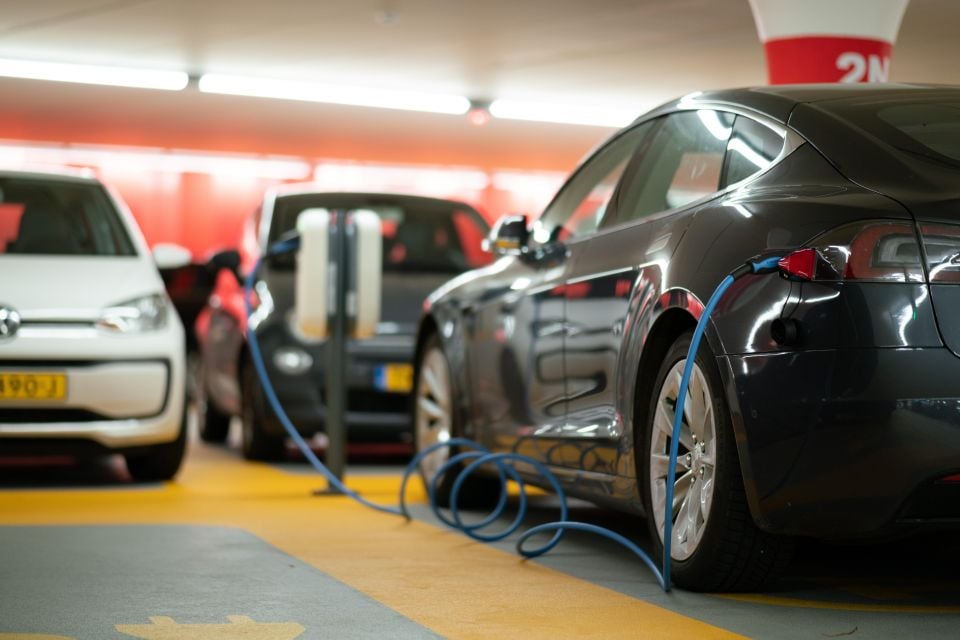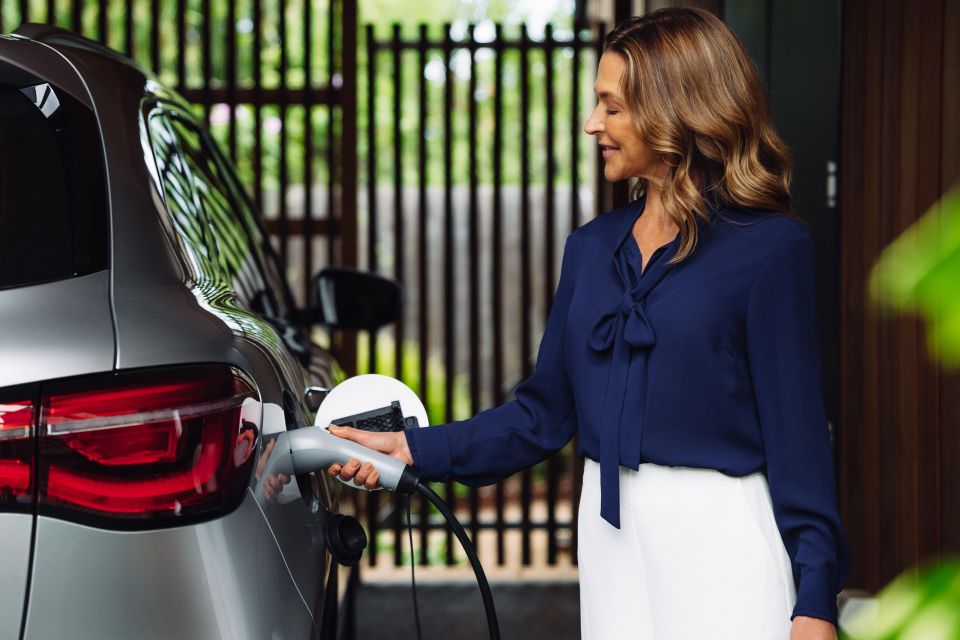

Matt Campbell
2026 Hyundai Tucson Hybrid review
4 Hours Ago
A major Melbourne property services firm has advised owners corporations not to fit electric vehicle chargers, claiming they pose a fire risk.

News Editor


News Editor
Property services firm MICM, a wholly owned subsidiary of Central Equity, is recommending electric vehicle (EV) chargers not be installed in its buildings until it receives guidance from the Federal Government.
In a document sent to CarExpert by a reader, the company – which has nearly 75 buildings under management – says these installations “bring forth challenges and risks”.
“Currently the insurance and fire risks are high and for this reason we suggest the Owners Corporation Committee put any EV projects on hold until we have further information from the government on how they would assist in putting out fires within vertical high-rise buildings,” the company says in its report.
“We see additional research from other countries that are 5+ years more advanced than Australia which are dealing with fire and explosion issues now.
“They are producing specialised fire equipment and looking at other locations to charge vehicles.”

MICM says it expects the Federal Government to provide guidelines and standards over the next 12 months, and therefore recommends holding off on EV charger installation until these become available.
We have contacted MICM multiple times for comment on its report, but didn’t receive a response by the time of publication.
Unusually, MICM’s report includes a single image of a burning vehicle by the kerbside labelled as an “EV fire in Derrimut”, but it appears to be a hybrid Lexus CT that naturally doesn’t require charging.
“I’ve read the MICM EV Chargers Guide and am deeply disappointed by their recommendation to ‘hold off on EV charging installation’ which is absolutely not backed by our data, or any global research I’m aware of,” said Emma Sutcliffe, project director at EV FireSafe, calling the report “idiotic”.
EV FireSafe keeps a database of verifiable worldwide passenger EV battery fires and tracks emergency response methods that work.

“If MICM were concerned about charging light electric vehicles, such as e-bikes, scooters and skateboards in their buildings, then I would be more sympathetic.
“Poor quality, cheap light electric vehicles (LEVs) are flooding the Australian market and causing daily battery fires, property losses, injuries and fatalities globally.
“MICM seem to have conflated LEV fires with high-quality, stringently regulated road-registered EVs, which is not only poor research on their part, but a knee-jerk reaction to a space they don’t seem to care to understand properly.
“The ultimate loser will be their business; EVs and charging infrastructure is here and in demand by their customers. Any attempt to discourage that will cause them to go elsewhere.”
Ms Sutcliffe says EVs are inherently safe to operate and charge as long as the high-voltage battery isn’t significantly damaged.
The Australian Buildings Code Board, which writes Australia’s standardised building requirements, published an advisory notice earlier this year that was endorsed by all state and territory building ministers.
“The global experience of EVs to date indicates they have a lower likelihood of being involved in a fire than internal combustion engines, but the characteristics of battery fires are different to liquid fuel fires,” the advisory notice says.

It worked with EV FireSafe to develop a set of recommendations ahead of the implementation of amendments to the National Construction Code intended to ensure developers make space for switchboards and EV chargers in new builds.
These recommendations include fitting a master isolation switch, a break-glass fire alarm and bollards or stops to prevent vehicle impact.
It also recommends using smart charging to enable remote monitoring and access to disconnect the power supply to a connected EV.
You can view this document here.
The Australian Fire Authorities Council has also published a position document, which says fire authorities should be engaged as early in the design phase as possible.
“The increase in the uptake of EV is anticipated to incrementally impact the frequency of failure events,” the AFAC report reads, acknowledging the risks of a thermal runaway event but noting EV battery failure events are “currently reported to be occurring at a low frequency”.
You can view this document here.
MORE: EV battery fires rare, but on Australian Government’s agenda
William Stopford is an automotive journalist with a passion for mainstream cars, automotive history and overseas auto markets.


Matt Campbell
4 Hours Ago


Max Davies
20 Hours Ago


William Stopford
20 Hours Ago


Derek Fung
21 Hours Ago


Max Davies
1 Day Ago


William Stopford
2 Days Ago